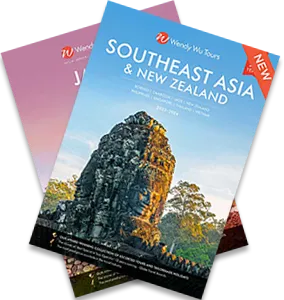The Lama Temple, officially known as the Yonghe Temple, is the most renowned Tibetan Buddhist temple outside of Tibet.
Located north of the Forbidden City, the Lama Temple is based on the Tibetan Buddhist school of Gelug, also known as the Yellow Hat Sect. Gelug has been practiced since the 16th century and was very popular with both the northern Chinese and the Mongolians.
The Lama Temple is a combination of Han Chinese and Tibetan architectural style, and was built in 1694 during the Qing Dynasty as the residence for the Yongzheng Emperor when he was a prince. After Yongzheng ascended the throne in 1722, half of the Lama Temple was converted into a lamasery, a monastery for monks of Tibetan Buddhism, while the other half served as an imperial palace for the emperors.
After Yongzheng died, the Qianglong Emperor, Yongzheng's successor, gave the Lama Temple imperial status. The temple then began to serve as a residence for Tibetan Buddhist monks from Mongolia and Tibet, and became the national centre of administrating Lamas.
Along the main axis of the Lama Temple stand five main halls, the Hall of the Heavenly Kings (Tian Wang Dian), the Hall of Harmony and Peace (Yonghegong), the Hall of Everlasting Protection (Yongyoudian), the Hall of the Wheel of the Law (Falundian), and the Pavilion of Ten Thousand Happiness (Wanfuge). The most prized possession in the Lama Temple is the 55ft high sandalwood statue of the Maitreya Buddha in the Wanfu Pavilion which holds the Guinness World Record for the largest carving created from a single sandalwood tree.

Read our latest articles or travel inspiration, exciting news about our destinations and all things Wendy Wu Tours






